Marc Górriz
DVC-P: Deep Video Compression with Perceptual Optimizations
Oct 08, 2021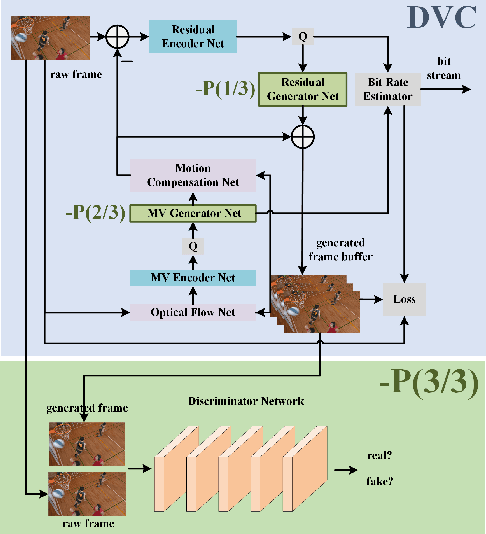
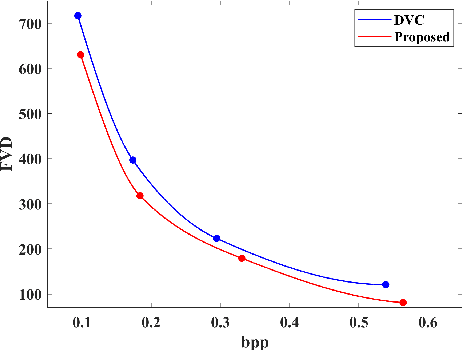


Abstract:Recent years have witnessed the significant development of learning-based video compression methods, which aim at optimizing objective or perceptual quality and bit rates. In this paper, we introduce deep video compression with perceptual optimizations (DVC-P), which aims at increasing perceptual quality of decoded videos. Our proposed DVC-P is based on Deep Video Compression (DVC) network, but improves it with perceptual optimizations. Specifically, a discriminator network and a mixed loss are employed to help our network trade off among distortion, perception and rate. Furthermore, nearest-neighbor interpolation is used to eliminate checkerboard artifacts which can appear in sequences encoded with DVC frameworks. Thanks to these two improvements, the perceptual quality of decoded sequences is improved. Experimental results demonstrate that, compared with the baseline DVC, our proposed method can generate videos with higher perceptual quality achieving 12.27% reduction in a perceptual BD-rate equivalent, on average.
Attention-Based Neural Networks for Chroma Intra Prediction in Video Coding
Feb 09, 2021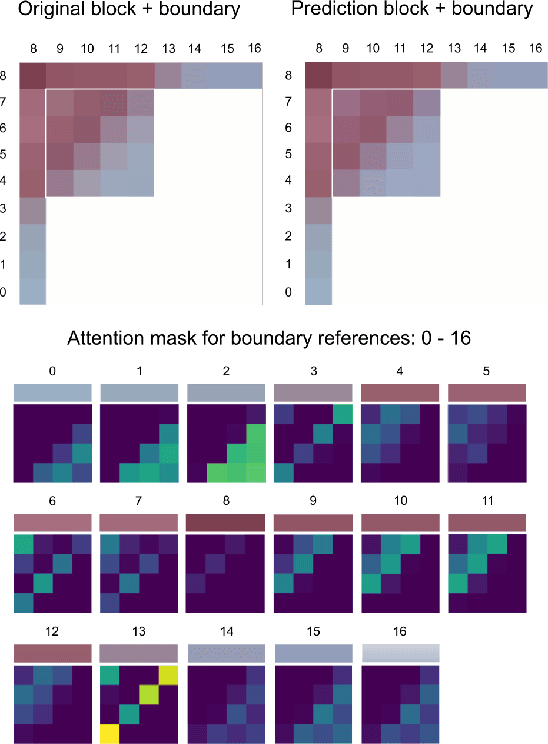
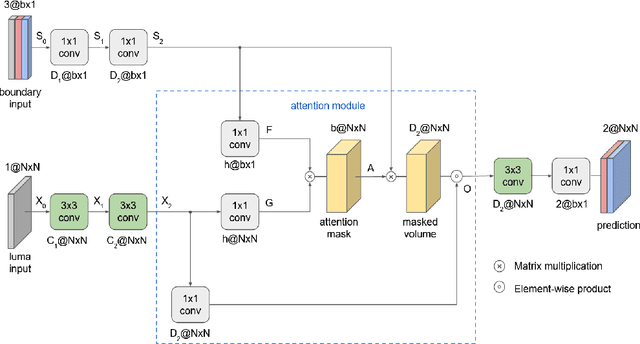
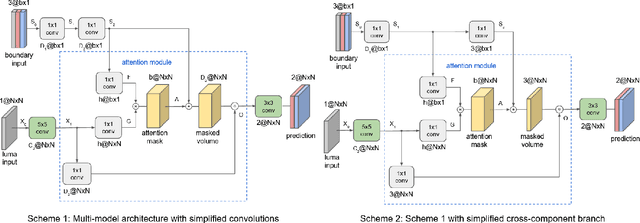
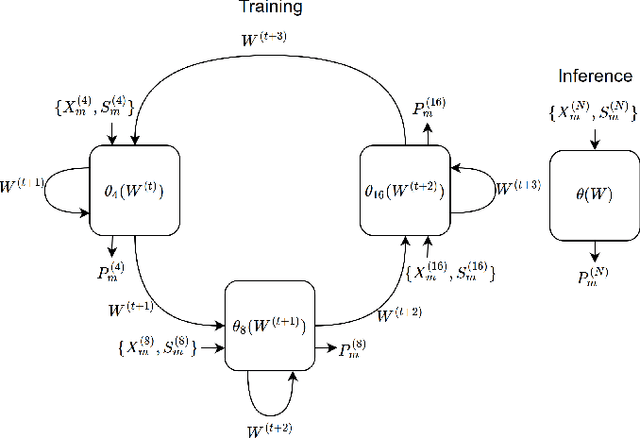
Abstract:Neural networks can be successfully used to improve several modules of advanced video coding schemes. In particular, compression of colour components was shown to greatly benefit from usage of machine learning models, thanks to the design of appropriate attention-based architectures that allow the prediction to exploit specific samples in the reference region. However, such architectures tend to be complex and computationally intense, and may be difficult to deploy in a practical video coding pipeline. This work focuses on reducing the complexity of such methodologies, to design a set of simplified and cost-effective attention-based architectures for chroma intra-prediction. A novel size-agnostic multi-model approach is proposed to reduce the complexity of the inference process. The resulting simplified architecture is still capable of outperforming state-of-the-art methods. Moreover, a collection of simplifications is presented in this paper, to further reduce the complexity overhead of the proposed prediction architecture. Thanks to these simplifications, a reduction in the number of parameters of around 90% is achieved with respect to the original attention-based methodologies. Simplifications include a framework for reducing the overhead of the convolutional operations, a simplified cross-component processing model integrated into the original architecture, and a methodology to perform integer-precision approximations with the aim to obtain fast and hardware-aware implementations. The proposed schemes are integrated into the Versatile Video Coding (VVC) prediction pipeline, retaining compression efficiency of state-of-the-art chroma intra-prediction methods based on neural networks, while offering different directions for significantly reducing coding complexity.
Chroma Intra Prediction with attention-based CNN architectures
Jun 27, 2020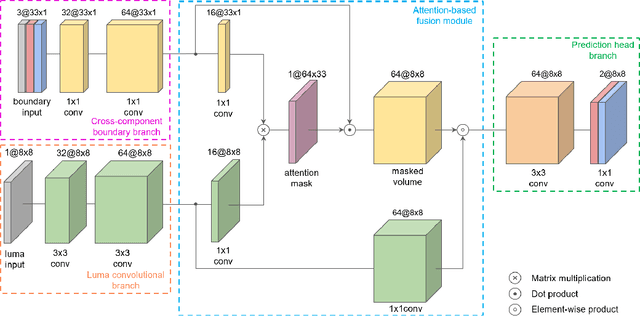
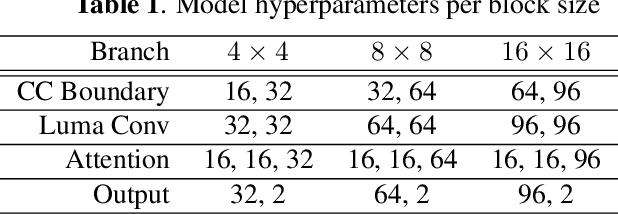
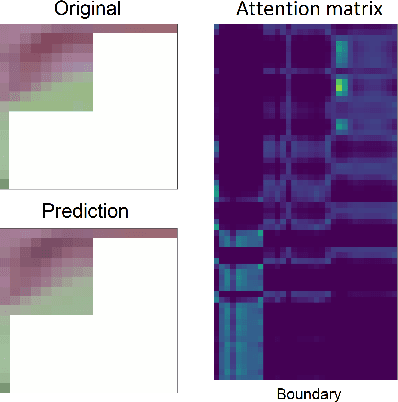
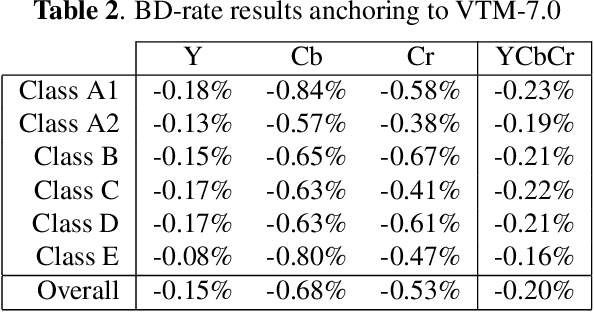
Abstract:Neural networks can be used in video coding to improve chroma intra-prediction. In particular, usage of fully-connected networks has enabled better cross-component prediction with respect to traditional linear models. Nonetheless, state-of-the-art architectures tend to disregard the location of individual reference samples in the prediction process. This paper proposes a new neural network architecture for cross-component intra-prediction. The network uses a novel attention module to model spatial relations between reference and predicted samples. The proposed approach is integrated into the Versatile Video Coding (VVC) prediction pipeline. Experimental results demonstrate compression gains over the latest VVC anchor compared with state-of-the-art chroma intra-prediction methods based on neural networks.
End-to-End Conditional GAN-based Architectures for Image Colourisation
Sep 05, 2019



Abstract:In this work recent advances in conditional adversarial networks are investigated to develop an end-to-end architecture based on Convolutional Neural Networks (CNNs) to directly map realistic colours to an input greyscale image. Observing that existing colourisation methods sometimes exhibit a lack of colourfulness, this paper proposes a method to improve colourisation results. In particular, the method uses Generative Adversarial Neural Networks (GANs) and focuses on improvement of training stability to enable better generalisation in large multi-class image datasets. Additionally, the integration of instance and batch normalisation layers in both generator and discriminator is introduced to the popular U-Net architecture, boosting the network capabilities to generalise the style changes of the content. The method has been tested using the ILSVRC 2012 dataset, achieving improved automatic colourisation results compared to other methods based on GANs.
Assessing Knee OA Severity with CNN attention-based end-to-end architectures
Aug 23, 2019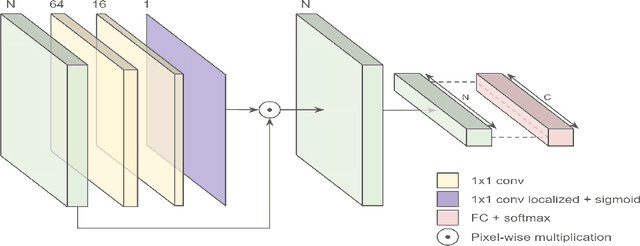



Abstract:This work proposes a novel end-to-end convolutional neural network (CNN) architecture to automatically quantify the severity of knee osteoarthritis (OA) using X-Ray images, which incorporates trainable attention modules acting as unsupervised fine-grained detectors of the region of interest (ROI). The proposed attention modules can be applied at different levels and scales across any CNN pipeline helping the network to learn relevant attention patterns over the most informative parts of the image at different resolutions. We test the proposed attention mechanism on existing state-of-the-art CNN architectures as our base models, achieving promising results on the benchmark knee OA datasets from the osteoarthritis initiative (OAI) and multicenter osteoarthritis study (MOST). All code from our experiments will be publicly available on the github repository: https://github.com/marc-gorriz/KneeOA-CNNAttention
* Proceedings of the 2nd International Conference on Medical Imaging with Deep Learning
Leishmaniasis Parasite Segmentation and Classification using Deep Learning
Dec 30, 2018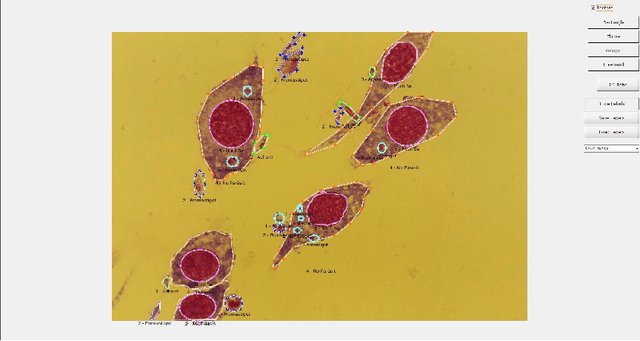
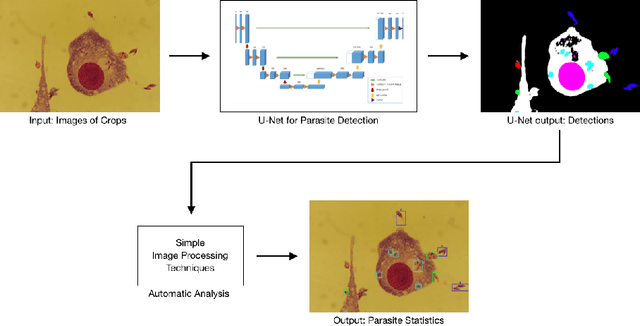
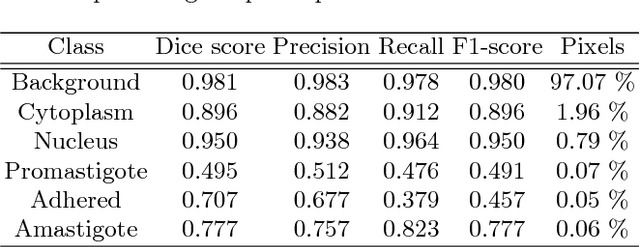

Abstract:Leishmaniasis is considered a neglected disease that causes thousands of deaths annually in some tropical and subtropical countries. There are various techniques to diagnose leishmaniasis of which manual microscopy is considered to be the gold standard. There is a need for the development of automatic techniques that are able to detect parasites in a robust and unsupervised manner. In this paper we present a procedure for automatizing the detection process based on a deep learning approach. We train a U-net model that successfully segments leismania parasites and classifies them into promastigotes, amastigotes and adhered parasites.
* 10th International Conference, AMDO 2018, Palma de Mallorca, Spain, July 12-13, 2018, Proceedings
 Add to Chrome
Add to Chrome Add to Firefox
Add to Firefox Add to Edge
Add to Edge